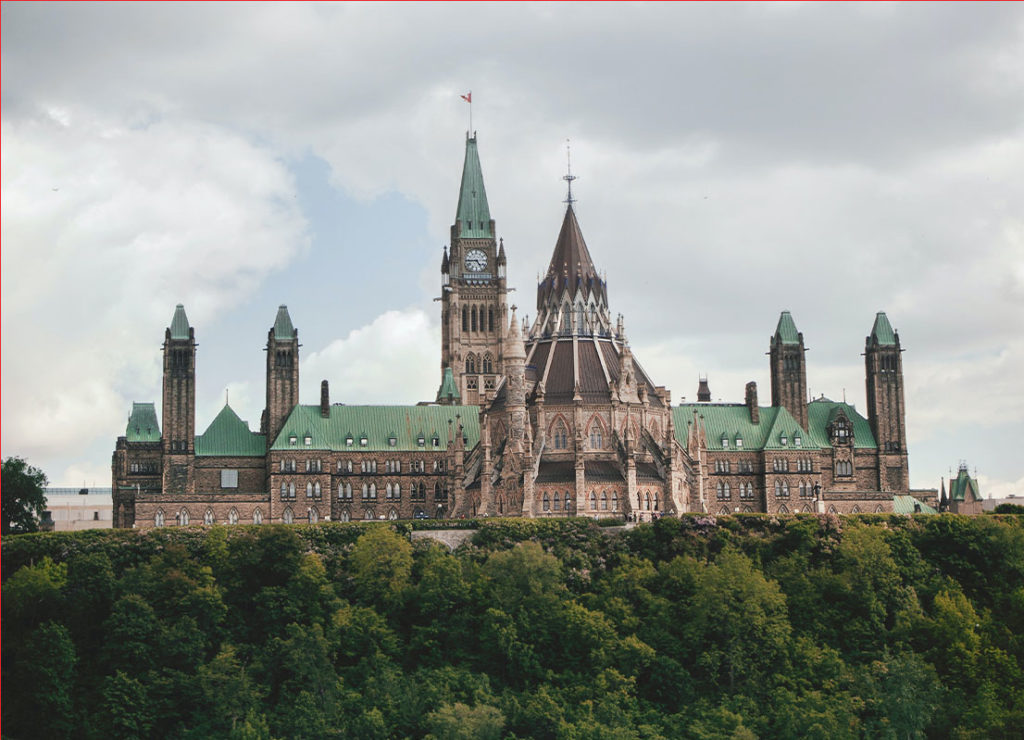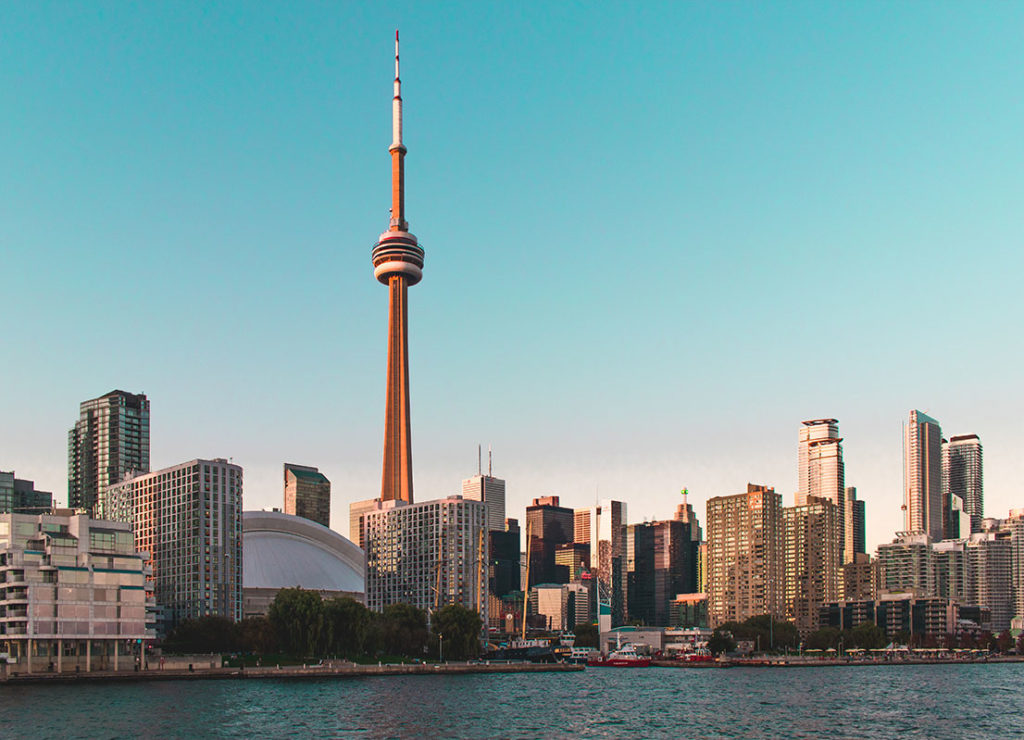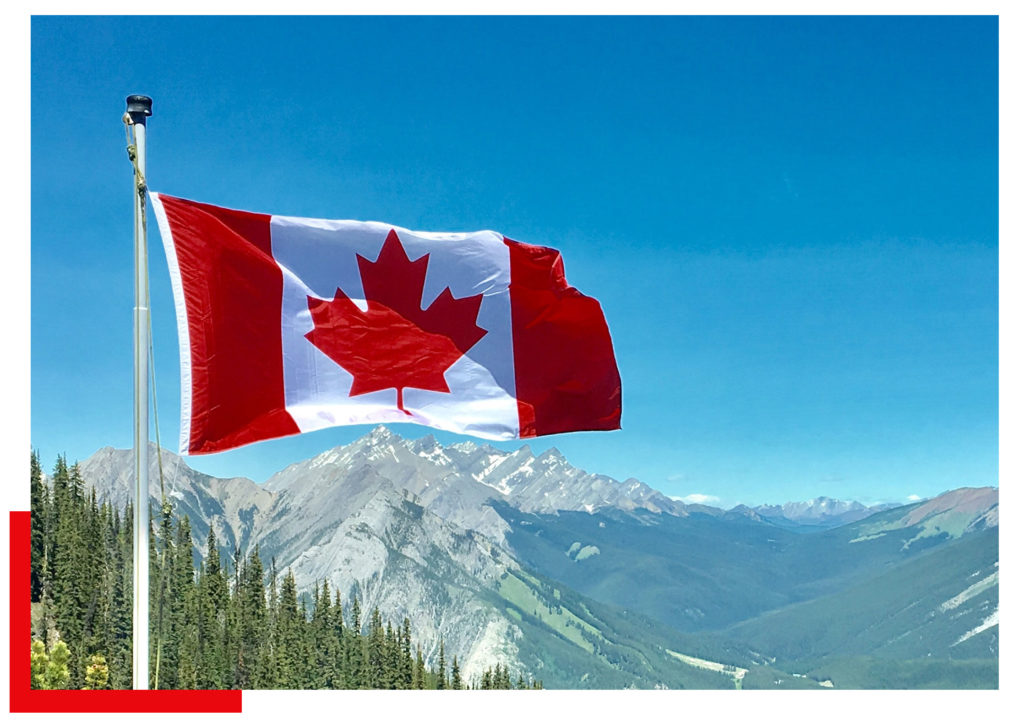







A visa is an official document that allows the bearer to legally enter a Canada. There are several different types of visas, each of which afford the bearer different rights in Canada.
A Visitor’s visa or a Temporary Residence Visa is required for individuals who wants to visit Canada for business or for leisure. Not all countries require a Temporary Residence Visa (TRV) to enter Canada.
Visit Entry Requirements for a list of exempted countries
Work permit visas are required for individuals who wish to take on employment in Canada. There are several types of work permits such as an Open Work Permit that allows the individual to work for any employer. A Post Graduate Work Permit Work Permit is a type of Open Work Permit which is granted to graduates from a Canadian college/university.
A student permit is a visa that allows the individual enrolled in a school in Canada to live and study in Canada.
Spousal visas allow the allow spouses, common-law partners, conjugal partners, parents/grandparents, dependents and other eligible family members to live in Canada permanently.
Super-visa allows parents and grandparents to live in Canada for up to 2 years.


Tourism is a growing industry in Canada. In 2017, Canada received 21 million visitors, 11 percent higher than the previous year. Visitors from visa-exempt countries must apply for an Electronic Travel Authorization (eTA) when travelling to Canada by air.
Visit Entry Requirements for a list of exempted countries.
If you are not from a visa-exempt country, you will have to apply for a Temporary Resident Visa (TRV). This can be done online or personally at the Visa Application Centre.
From our experience, this process is not as simple as it seems. First, you must: demonstrate that you have ties to your home country, have valid travel documentation and show that you have the financial resources to support your trip.
Most people are not aware how Migration Officers assess their cases and what documentations are required to convince the Migration Officer to approve a visa. Second, all applications are entered in the IRCC system, and any refusal will be recorded and remain in the system indefinitely. This will affect the person’s future application not only to Canada but also to some other countries, such as United States, Australia, United Kingdom, and New Zealand. This is because these countries are sharing immigration information. In Canada, one of the first steps that is required of a Migration Officer is to check the immigration status of the applicant in one of these countries.
We know the IRCC system as our President worked at the most senior level for visa operations. We can help you with your visa application.

